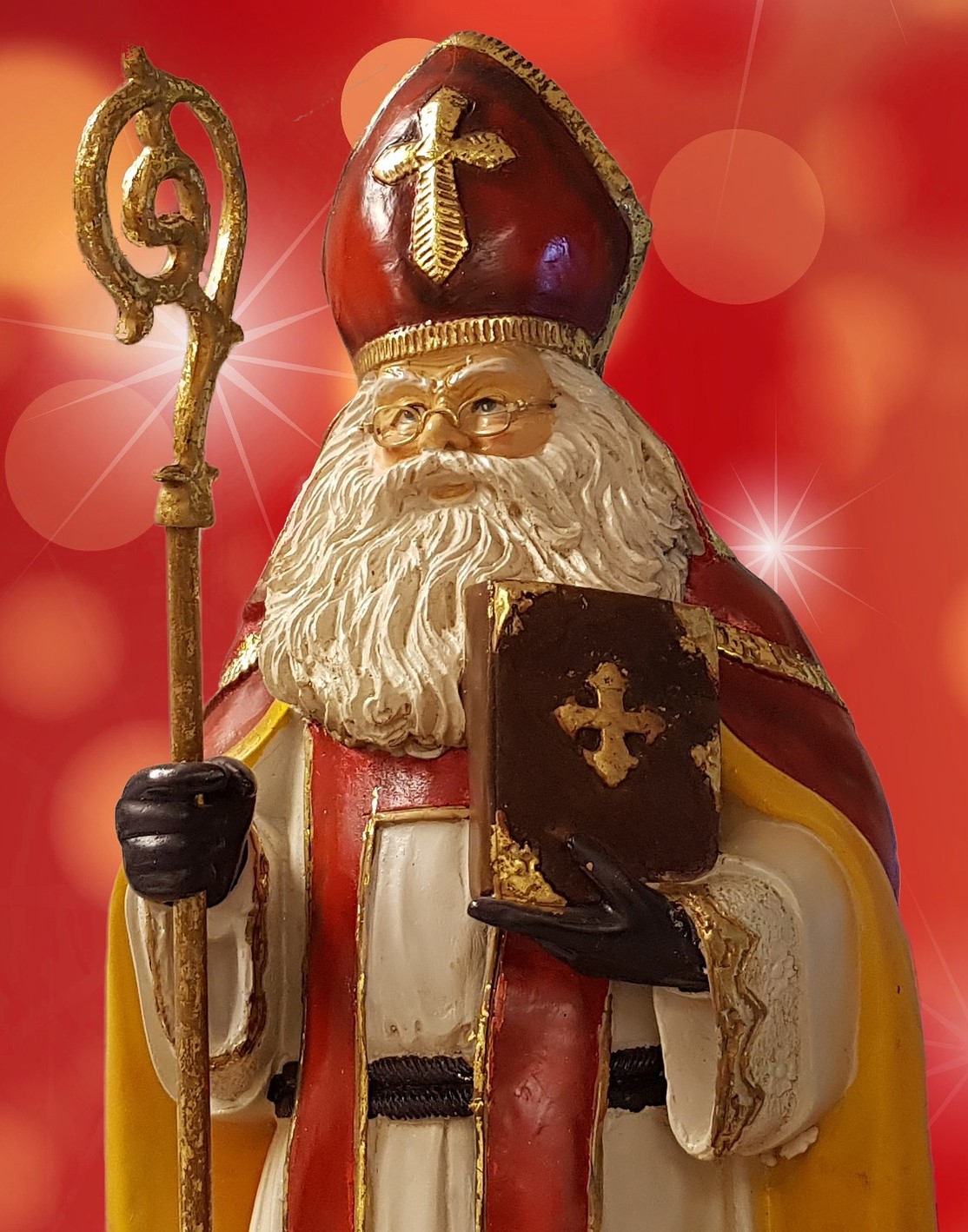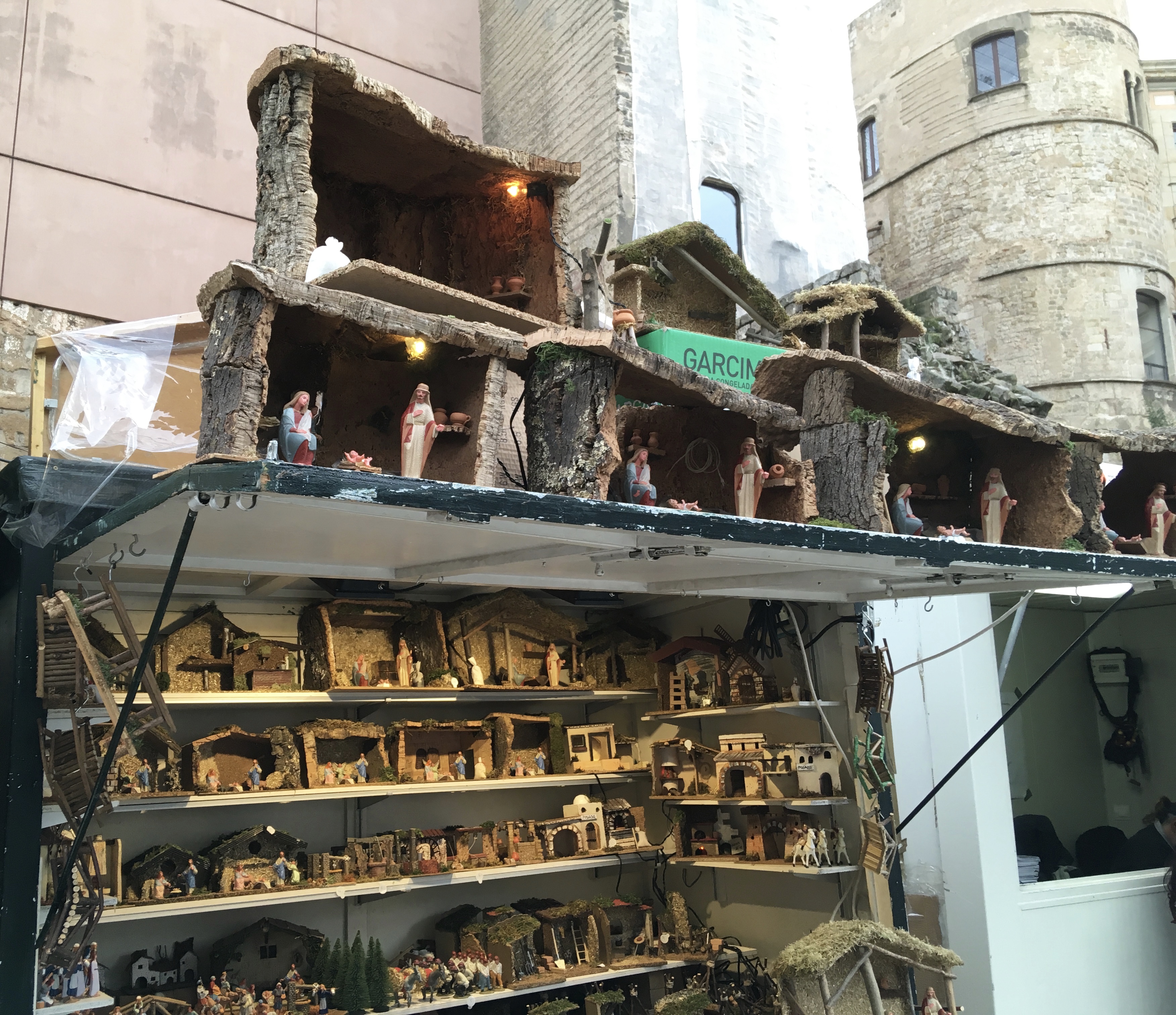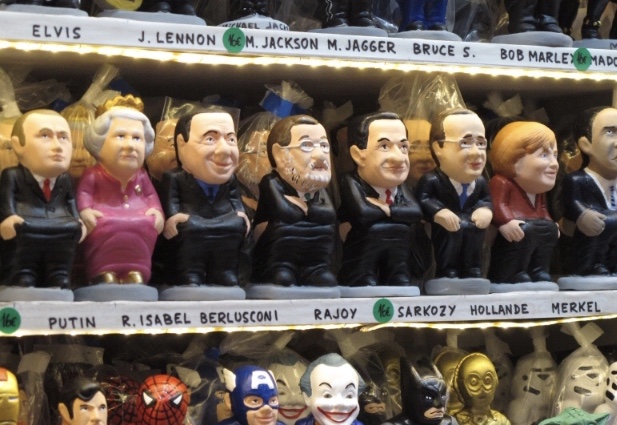The holidays this year promise to be far different than last year, and it’s not because Aunt Sally didn’t bring her chocolate cream pie.
The coronavirus pandemic, however, has changed how we celebrate — at least for now.
The Centers for Disease Control and Prevention (CDC) last week urged people not to travel for Thanksgiving and to consider scotching holiday plans with anyone outside their household (family members living together and roommates) because travel increases the chance of getting and spreading the virus. Virtual gatherings are recommended. Online video company Zoom (see its tweet below) will waive its 40-minute time limit on free accounts on Thanksgiving Day so people can have longer virtual meetings.
Many states and cities are instituting new restrictions as virus cases surge. Minnesota last week shut down restaurants and bars to the public (take-out is available) for four weeks to help stem a spike in cases.
You also may want to forego holiday events, such as parades and sports, with large crowds. Instead, watch them on television or online, or watch a movie at home.
The CDC recently updated its holiday guidance amid a worsening health crisis in many states as we head into Thanksgiving followed soon after by Hanukkah, Christmas and Kwanzaa. Here’s what you should know:
People who should not attend or host in-person holiday gatherings include …
People who have the virus, have symptoms, have been exposed to people with the virus in the past 14 days, are awaiting COVID-19 viral test results or those at high risk, such as older adults, should not host or attend in-person holiday gatherings, according to the CDC.
Before gathering or traveling, ask yourself these questions …
- Is the number of virus cases increasing in your community? Johns Hopkins University & Medicine tracks global Covid-19 cases and lets you drill down to state and local levels on its U.S. map. The CDC’s website also provides links to local health departments for more information.
- How large will your gathering be? Gatherings with more people pose more risk. The CDC does recommend a specific size, but some states do. Massachusetts, for example, limits private indoor gatherings to 10 people and outdoor private gatherings to 25 people. You can review state and local health and safety regulations.
- Where will your event take place? Indoor sites, especially those with poor ventilation, carry a greater risk than outdoor venues like a park. Open windows and doors or use your HVAC system’s fan to increase indoor ventilation. The CDC offers tips on that and Cleaning and Disinfecting Your Home.
- How long will the celebration last? Shorter gatherings pose less risk.
- How have other people behaved before a gathering? This may be difficult to assess, but find out or take an educated guess as to whether the host or other guests come into contact with many people at work and if they practice good hygiene, to determine if you should be around them.
- Should I let Fido lick my face? The CDC advises not letting pets interact with people outside your household. Although there’s no evidence animals play a significant role in spreading the virus to people, it may happen in some situations, according to the agency.
- Do your modes of transportation (planes, trains, cars, etc. ) and places you may pass through (airports and depots) or visit (gas stations) provide recommended safety measures? Wear a face mask, wash your hands frequently with soap and water for 20 seconds or use hand sanitizer with at least 60% alcohol and limit what you touch. Airports are expected to be busy. Check what airlines are doing in terms of requiring in-flight masks, cleaning between flights or keeping middle seats open (Delta is one of a few airlines doing the latter.) Check the Transportation Security Administration’s website for what you can and cannot carry on a plane, or send a message to @AskTSA on Twitter or Facebook.

If you attend or host in-person holiday gatherings, you should …
- Wear masks when not eating or drinking.
- Wash hands often or use hand sanitizer.
- Don’t hug, kiss or shake hands with anyone outside your household.
- Avoid potluck meals where food is prepared in separate households, the CDC says, even if handling food isn’t associated directly with spreading the virus. Limit people going in and out of areas where food is prepared or handled, and limit contact with and clean/disinfect commonly touched surfaces and objects.
- Know how and where to store your mask while eating and drinking.
- After a meal, immediately change and wash linens, such as fabric napkins and tablecloths, and wash dishes with soap and hot water or in the dishwasher.
If you think you were exposed to the virus during the holidays, you should …
- Quarantine for 14 days after the last possible date of exposure.
- Stay away from others, especially high-risk people.
- If you feel sick or think you have COVID-19 symptoms, get tested and start quarantining.
Note: The featured photo at top is by seo.engine and licensed under CC BY-SA 2.0.



















